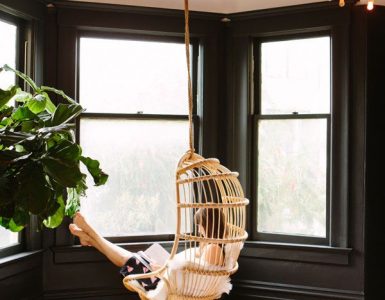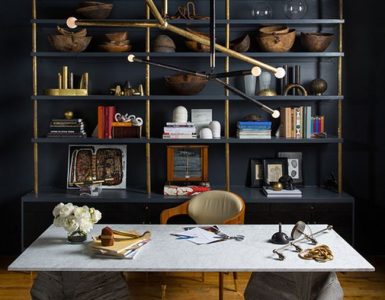Guest blogger Rachel Turner
As a student living in London, most of my accommodation was somewhat on the cosy side. From the one room I had in my halls of residence, to the tiny shoe box flat that housed me, three girlfriends and our various boyfriends, none of them had enough room to swing even the tiniest of kittens.
When I started work and living with my boyfriend, things didn’t get much better. The succession of cramped rented flats we called home taught us to be ruthless about our possessions. Any natural hoarding instincts were cast aside. If an item wasn’t regularly used, it had to go.
Still, the lessons I learned from living in small spaces have stood me in good stead for my current situation.
When we first moved into our house it felt like Buckingham Palace compared to what had gone before. It had a loft for all our rubbish! A garden! Stairs!

But that luxurious feeling of space has been rapidly diminishing ever since the arrival of one dog, two kids and an ever-expanding collection of teddies and large plastic toys.
Space in my home is at a premium once more. Like many, we just can’t afford to move anywhere bigger, so we’re trying to maximise the space we’ve got. Here are some of the things we’re trying. Just remember that whether you’re squeezing into a tiny studio or stretching out in a semi-detached, you need to make sure you have adequate home insurance.
1. Think vertically
In a small home, floor space is at a premium. But look upwards and there’s loads of valuable real estate just waiting to be used. In our home we’ve tried to address this imbalance by using floating shelves right up to the ceiling. We used these to our house our collection of books, colour-coordinated so they don’t add to the visual clutter. In the kitchen we’re thinking of getting a ceiling-mounted rack to hang our utensils and saucepans too, to free up some valuable space in our kitchen cupboards.
2. Edit your possessions
A place for everything and everything in its place’ is our mantra. But there are some that take this even further, saying if it doesn’t have a place, do you really need it at all? To help me decide, I’m using advice from Ryan Mitchell from The Small Living Journal. He says to fill a box with lots of items you’re unsure about. Then, as you need the items take them out of the box. Six weeks later, if you have things in the box, it’s time to evaluate them to see if they’re worth keeping.
3. Think multi-purpose
Every large item in a small space should work extra hard if it’s to earn its place there. So choose a sofa bed for your living room so the space can double as a guest room. In our home, we’ve got dining room chairs on wheels, so we can easily move them to different rooms in the house, to seat extra guests wherever they are.
4. Get clever with your storage solutions
Remember to use the under-bed area to its fullest potential. In our home, all under-bed areas are used, including the baby’s cot! Here we’ve gone for the best we can afford – solid wood storage trays on casters to make taking them in and out a breeze. In them, I store bulky items like out-of-season clothes and bedding. It’s also a good idea to look for furniture that has hidden storage inside. For example, we have a coffee table with a lid that opens up to reveal space for magazines and toys.
Another great idea is to turn storage into a feature by using big wicker baskets, colourful boxes, or retro-looking suitcases to hide your clutter.
- 5. Use decorating tricks to create more space
How you decorate can have a huge impact on the feeling of space. In our cramped living room we’ve kept light to the maximum by using white on the walls and only the sheerest of blinds to let in every available ray of light.
There are other tricks you can use, although we’ve not been brave enough to try them yet. Horizontal stripes on the wall will make your room seem wider, while vertical stripes can add inches to the height. The Tiny House blog recommends using mirrors, or even glass tables and metal chairs, to reflect the light.
This is a Sponsored Post by Guest Blogger Rachel Turner on behalf of Sainsbury’s Bank.










“Think Vertical” is indeed a great tip! thanks Rachel and Manvi!